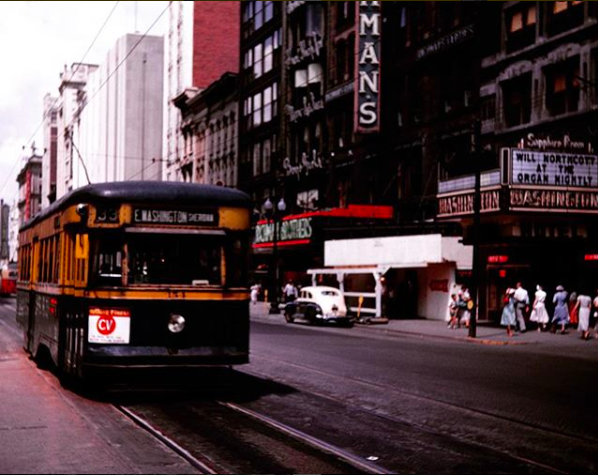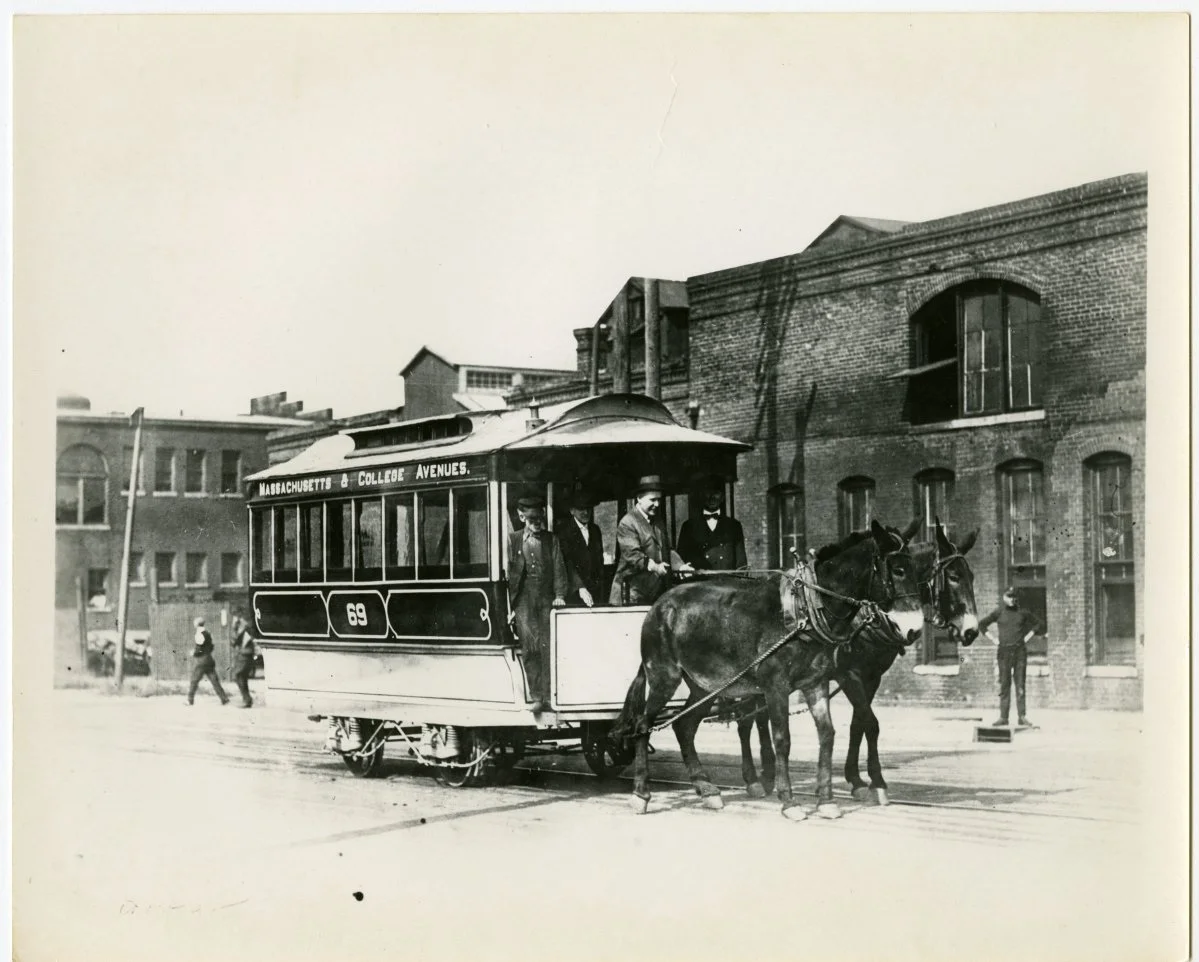The Hoosier Heartland Trolley Company is excited to announce that Electrify 429 has received an $8,000 grant from the Indiana Historical Society’s Heritage Support Grant Program; in addition to a $1,200 match from a private trust and generous donors. Heritage Support Grants are provided by the Indiana Historical Society and made possible by Lilly Endowment, Inc.
How Adaptive Reuse and Hoosier Passion Preserved Railway Heritage
So, what does a gravel pit office, tire shed, house, an outdoor cabin and a helicopter ride have in common?
-A captivating story full of twists and turns, legendary artifacts from Indiana’s past, and forward-thinking Hoosiers that have worked tirelessly across generations to preserve our world-renowned electric railway heritage.
From the President's Desk: Year One in Review
It’s hard to believe that already one year has gone by since the founding of our organization. As a quick introduction, my name is Austin Mace and I am the current president of the Hoosier Heartland Trolley Company (HHTC). I wanted to take this opportunity to highlight what we’ve accomplished in the past 365 days, where we’re going next and how we got here in the first place.
Electrifying Indianapolis’ Streetcar System for the 20th Century
Electricity – the invention that defined the beginning of the 20th century. Indianapolis’ streetcar system adopted the technology in the 1890s – ushering in the new century with it. Beginning in 1864, transportation in Indianapolis was provided by horse or mule-drawn carriages on rails through the street. By 1890, Citizens Street Railroad Company, the dominant streetcar company in the city, was operating 260 cars with some 1100 horses and mules. The inefficiency ultimately proved to be problematic for the City of Indianapolis.




